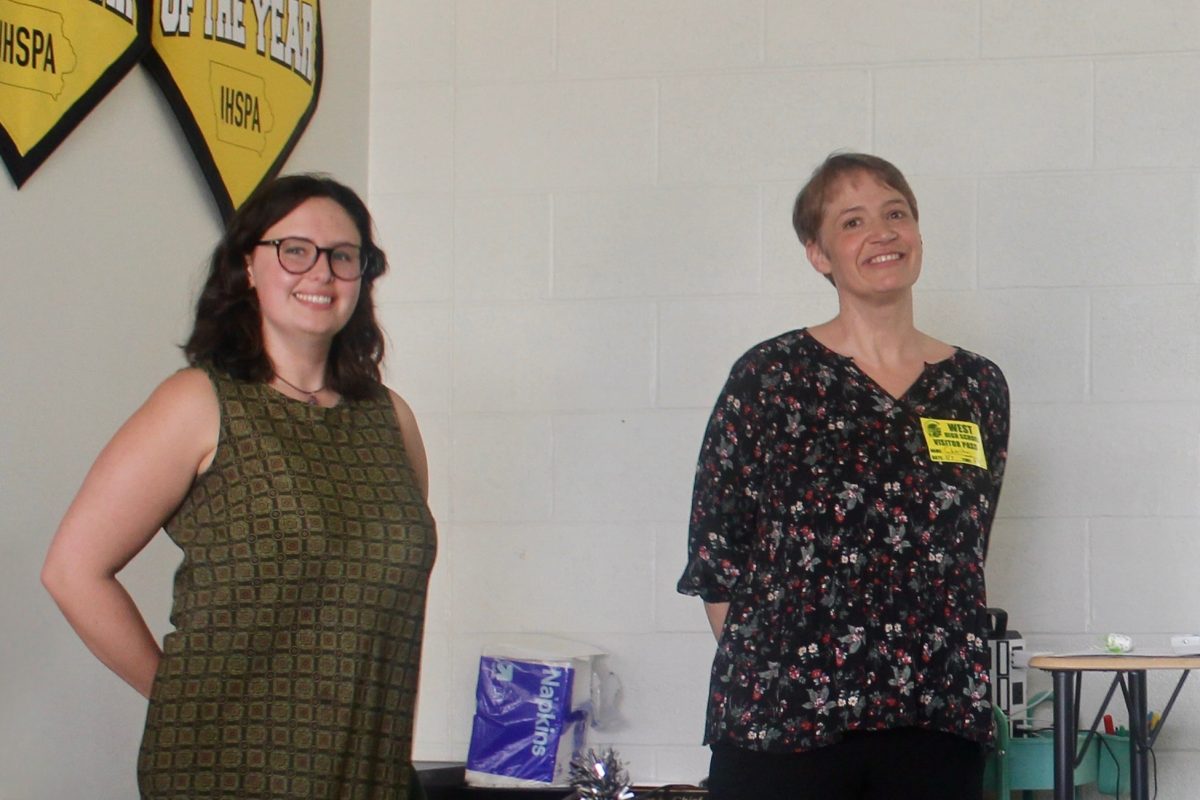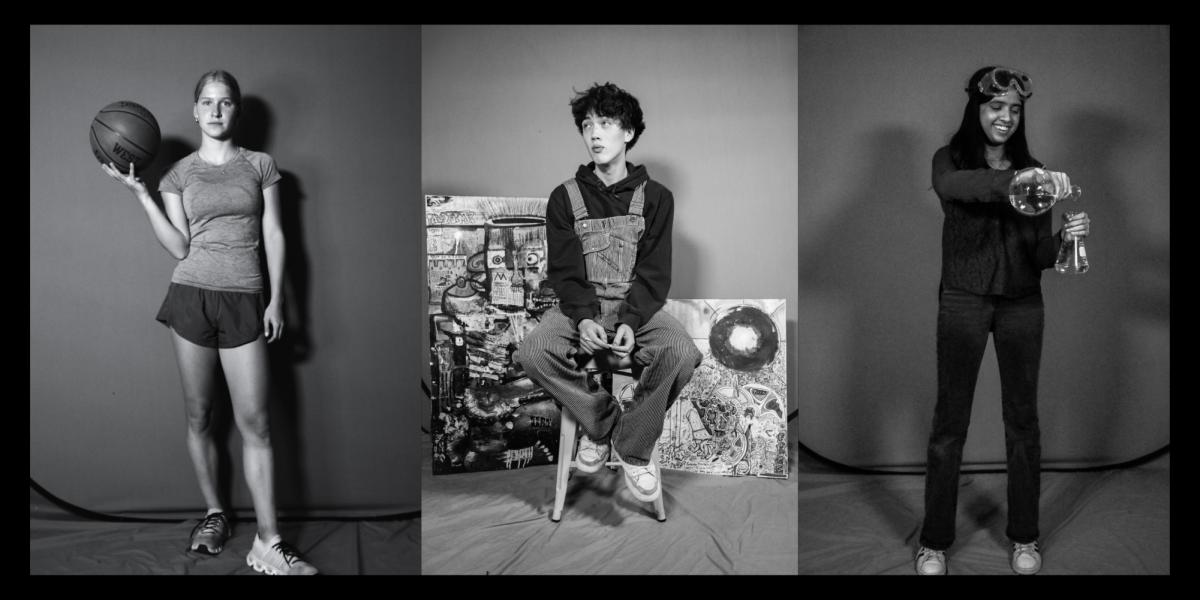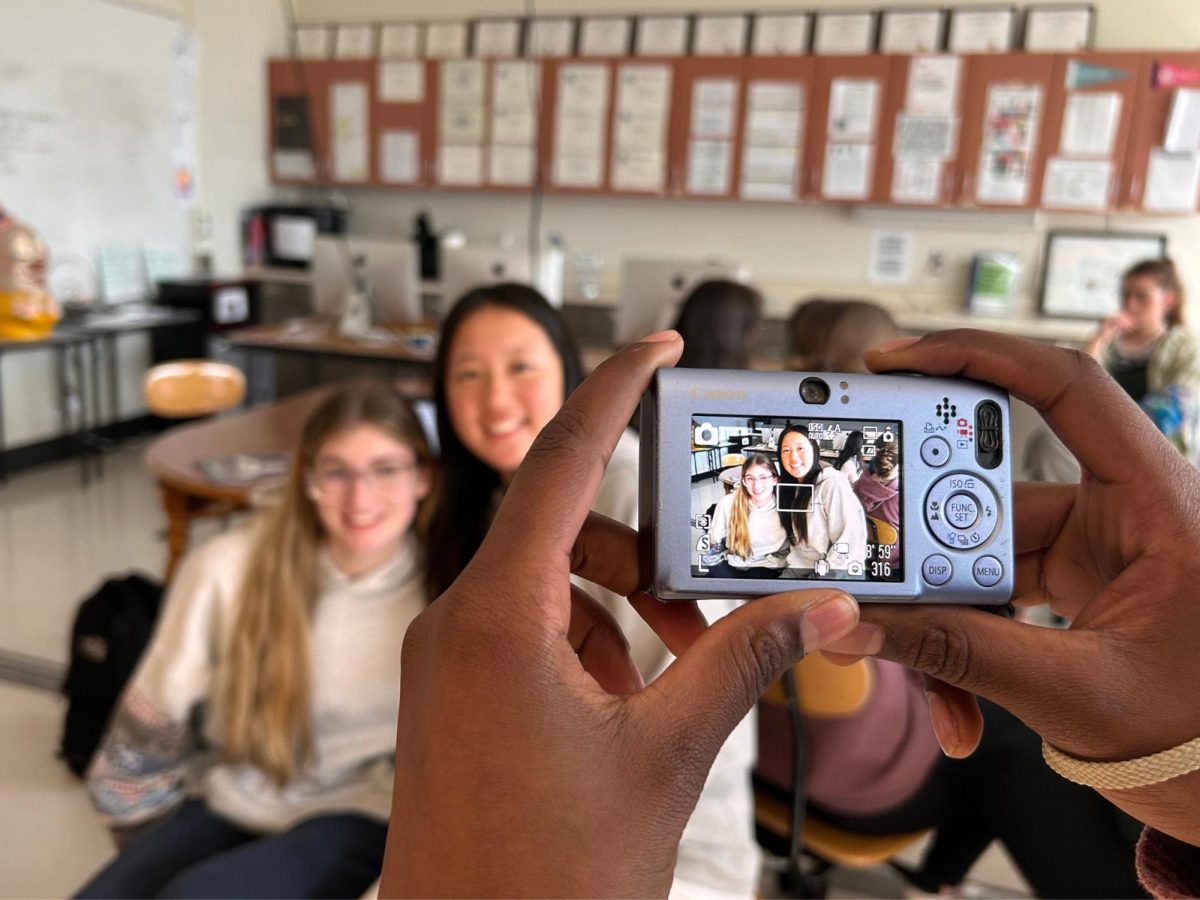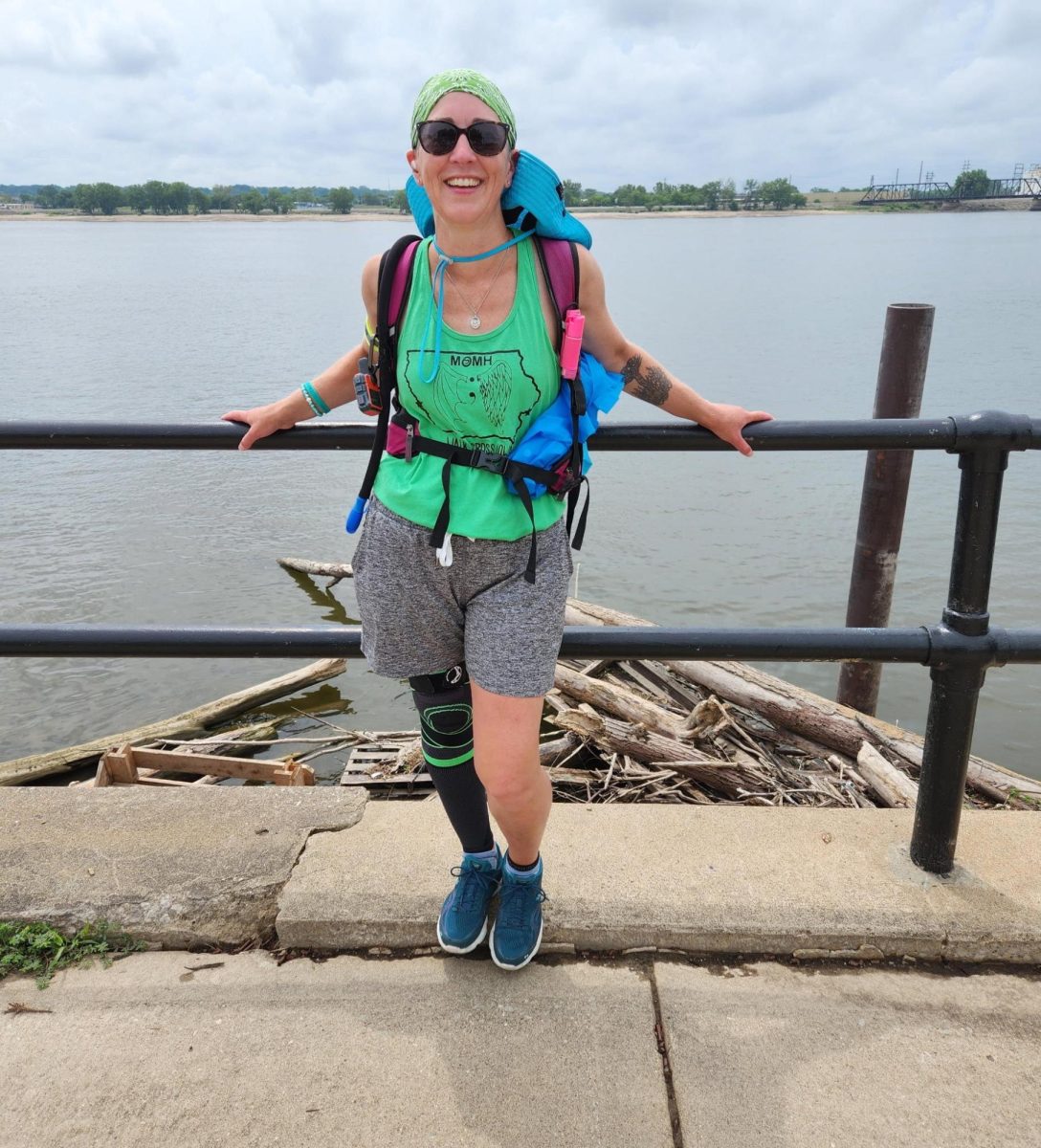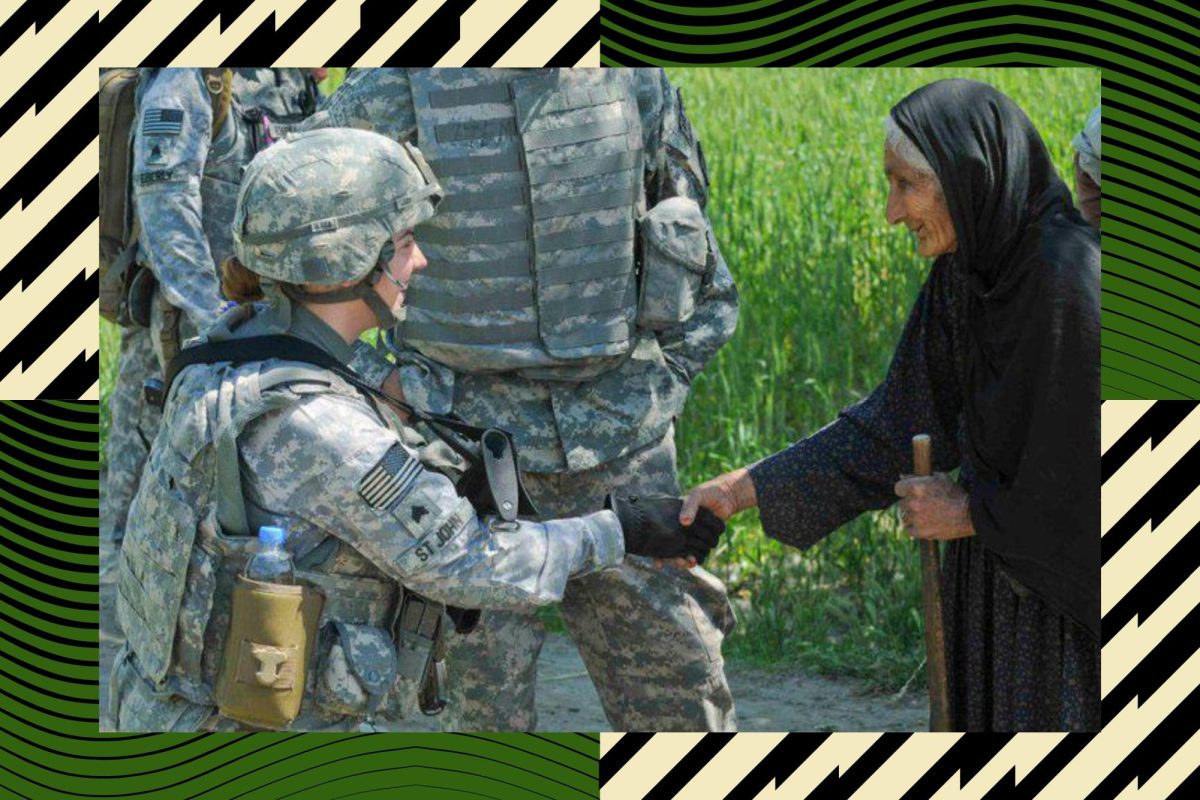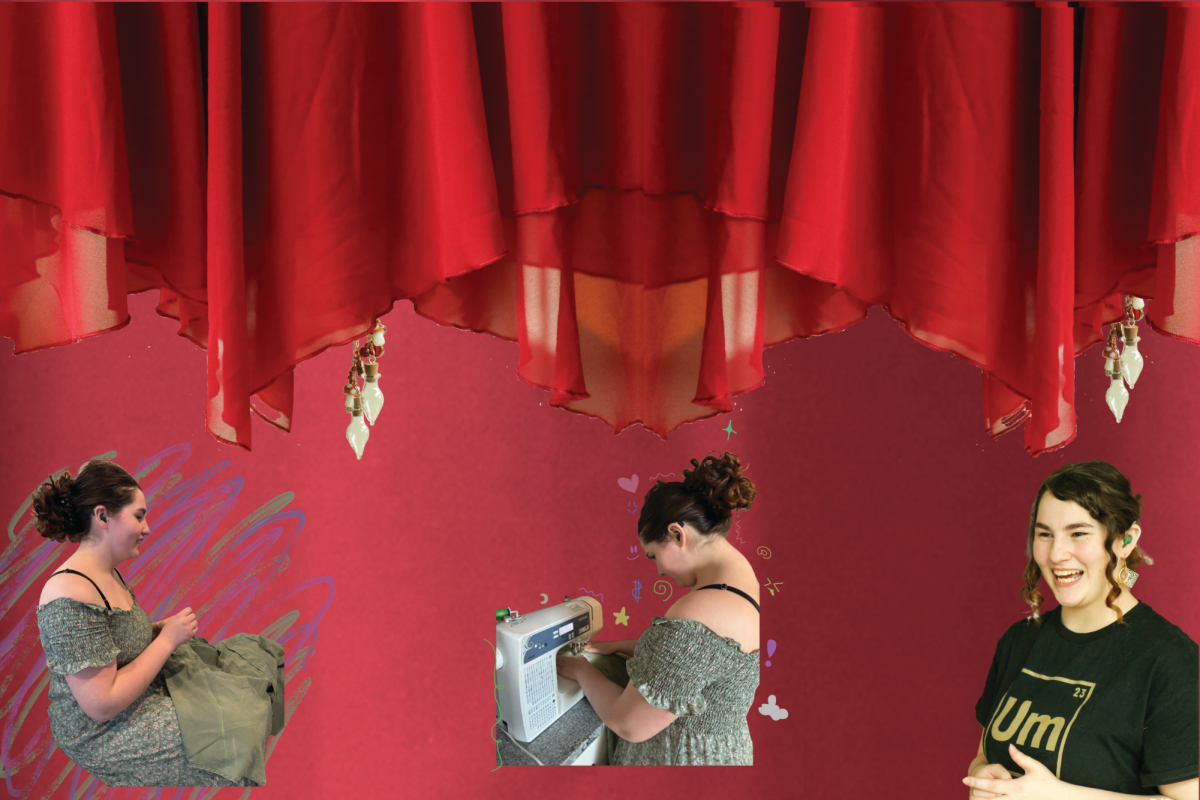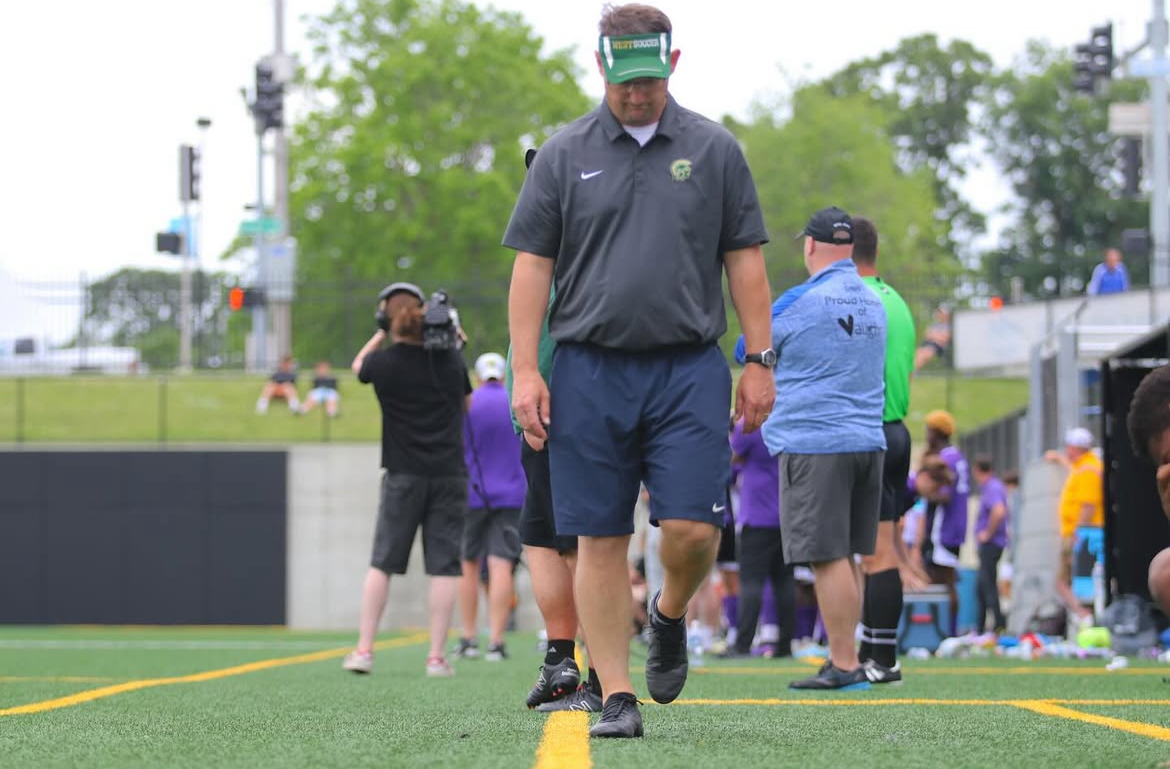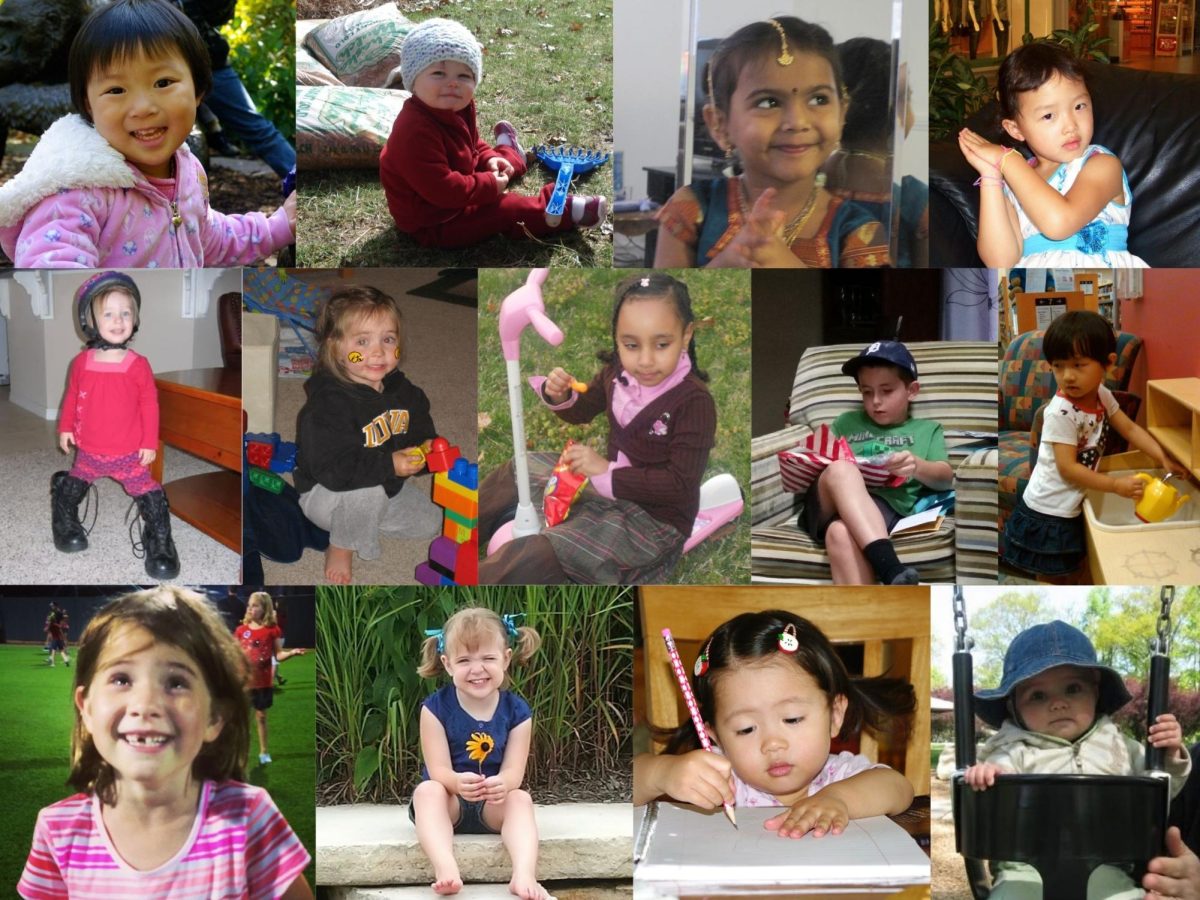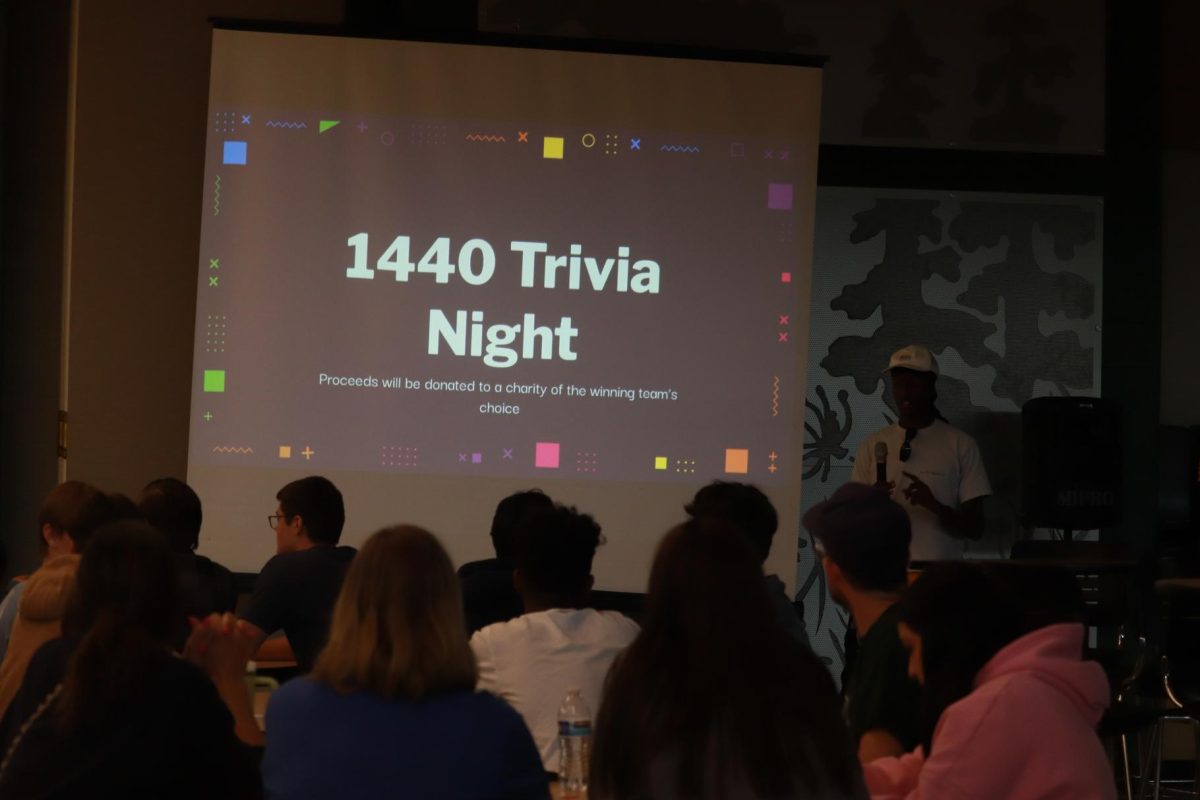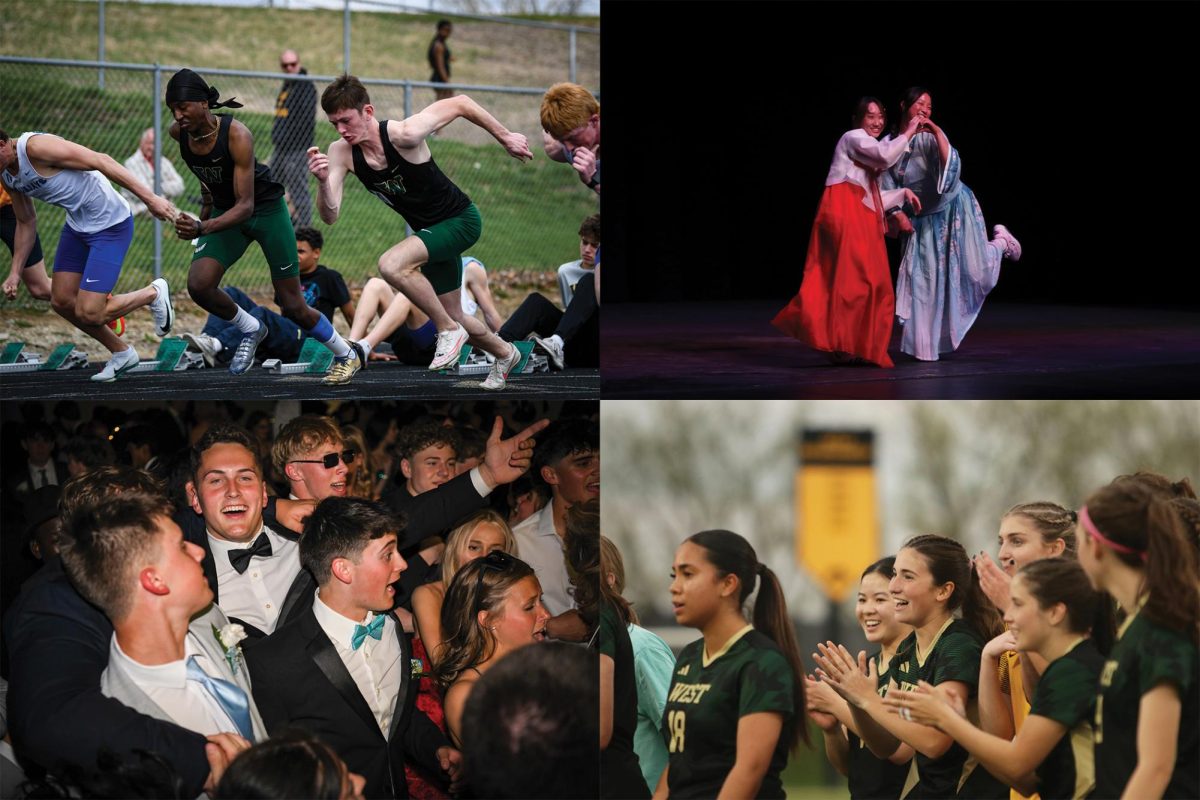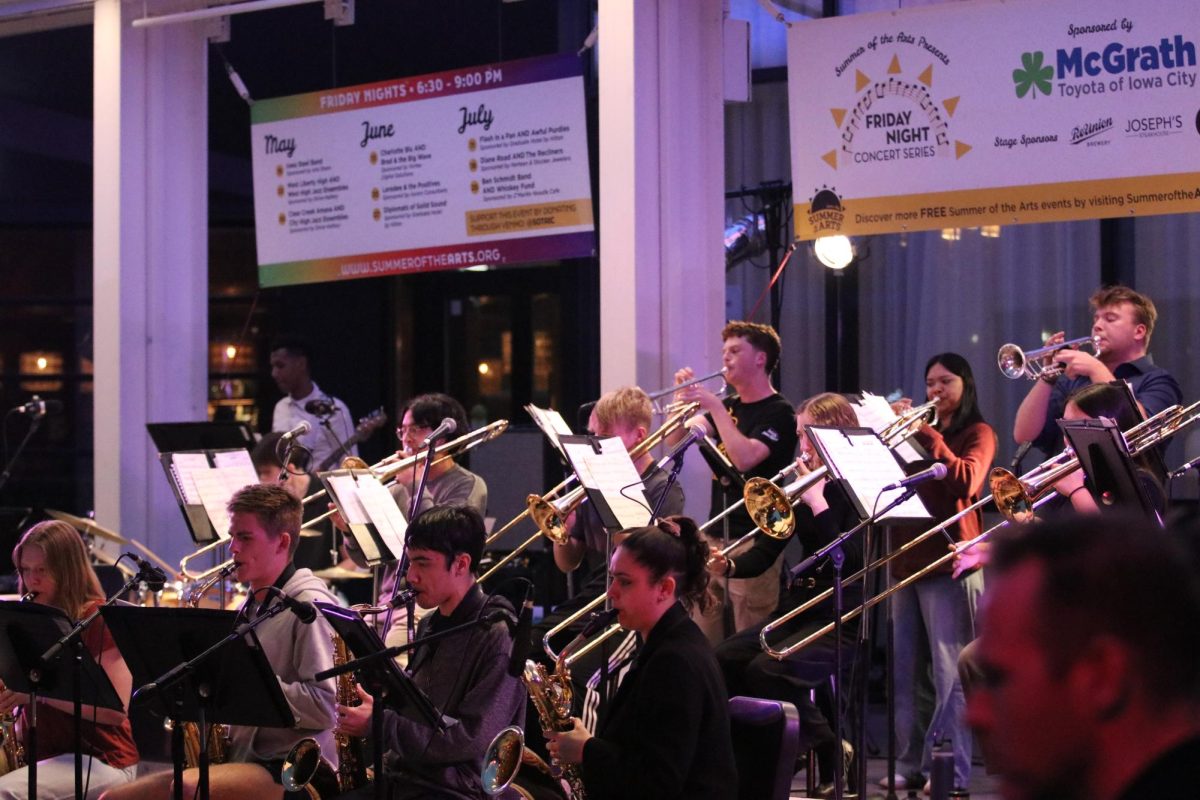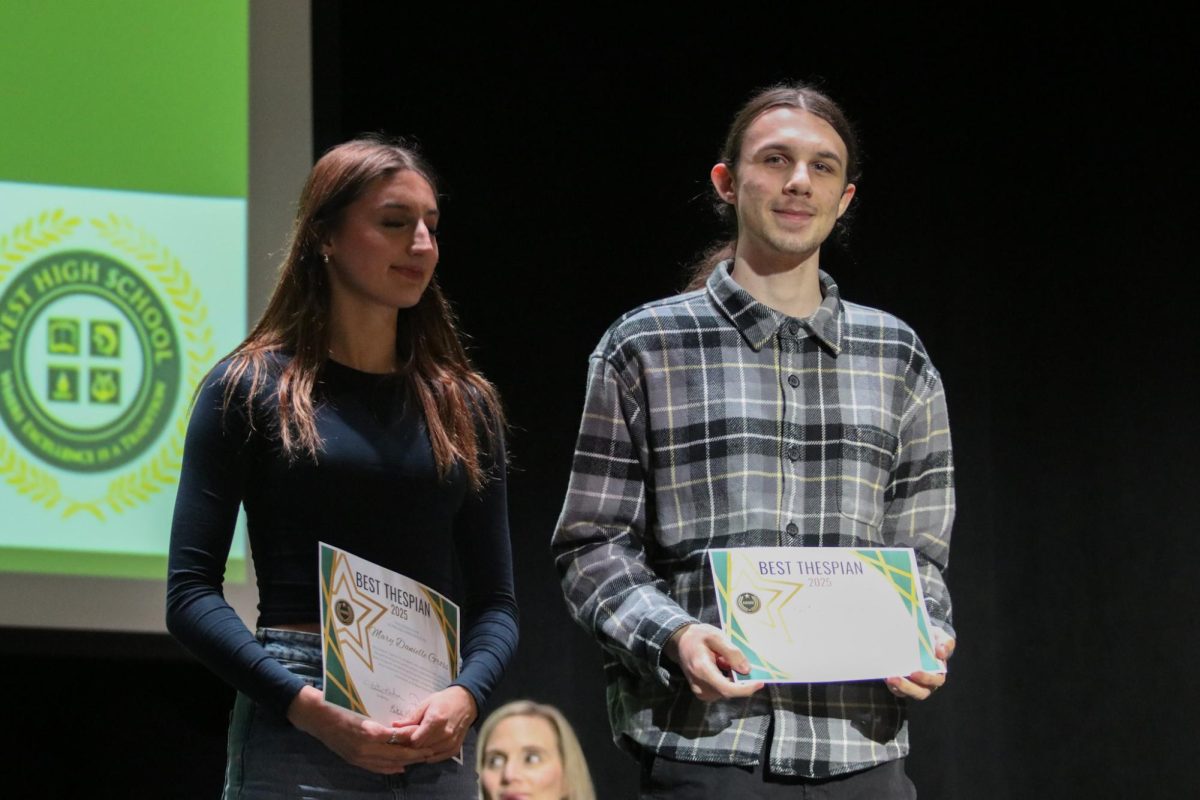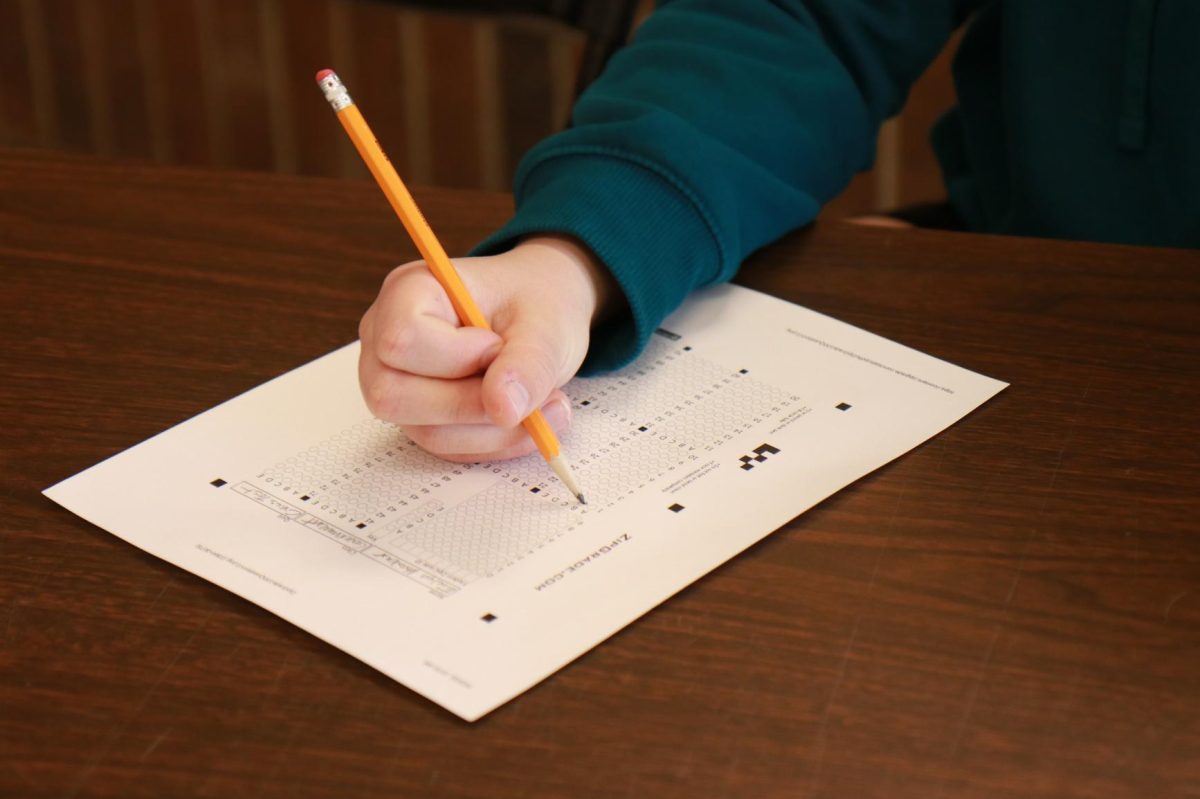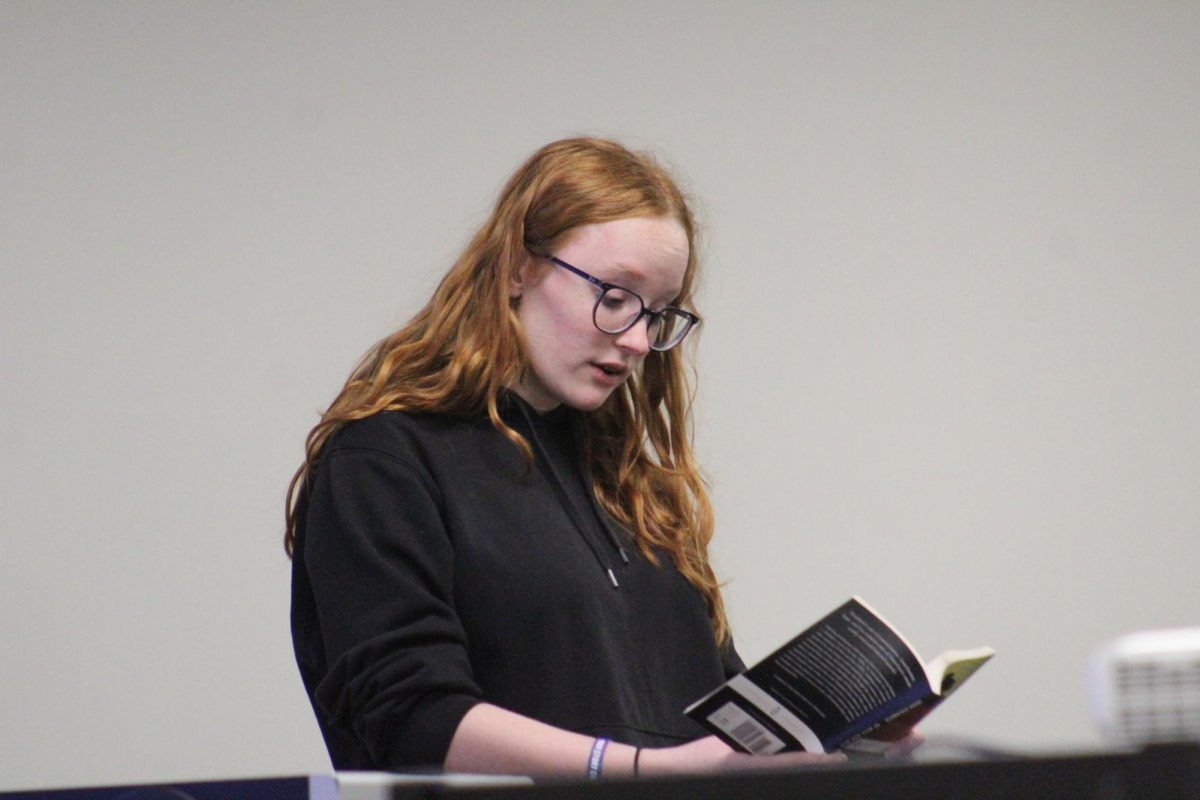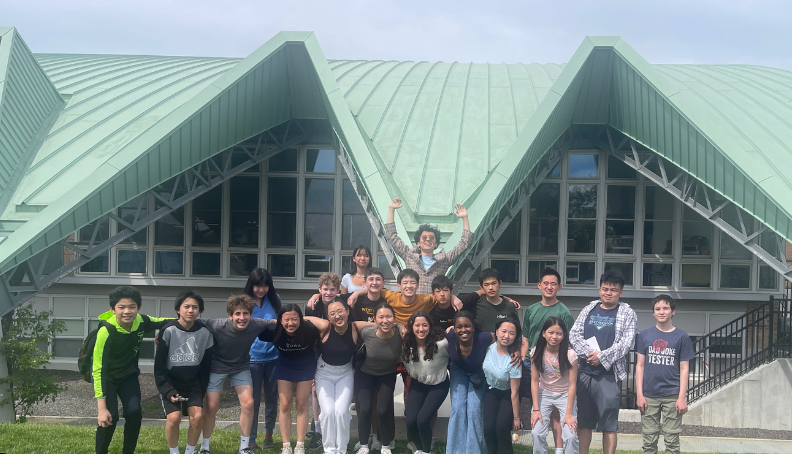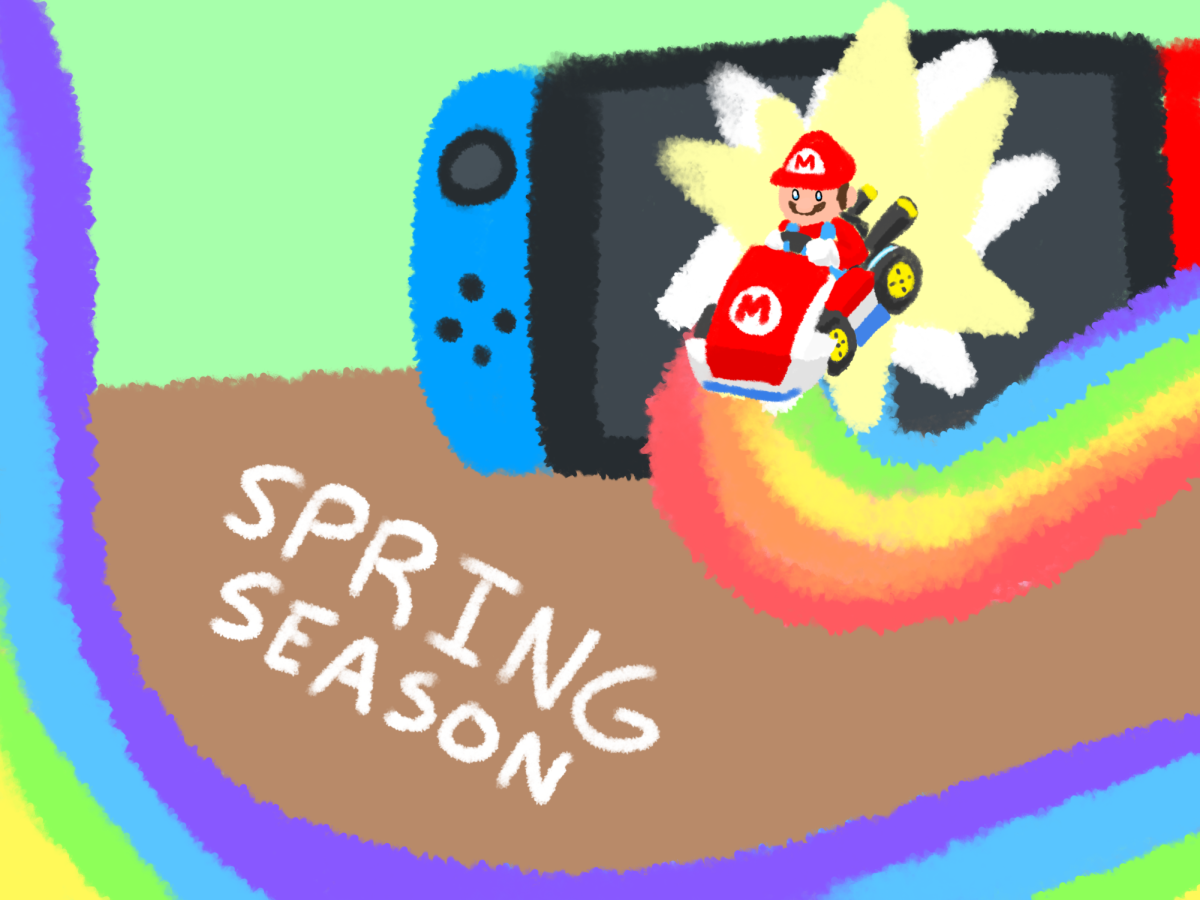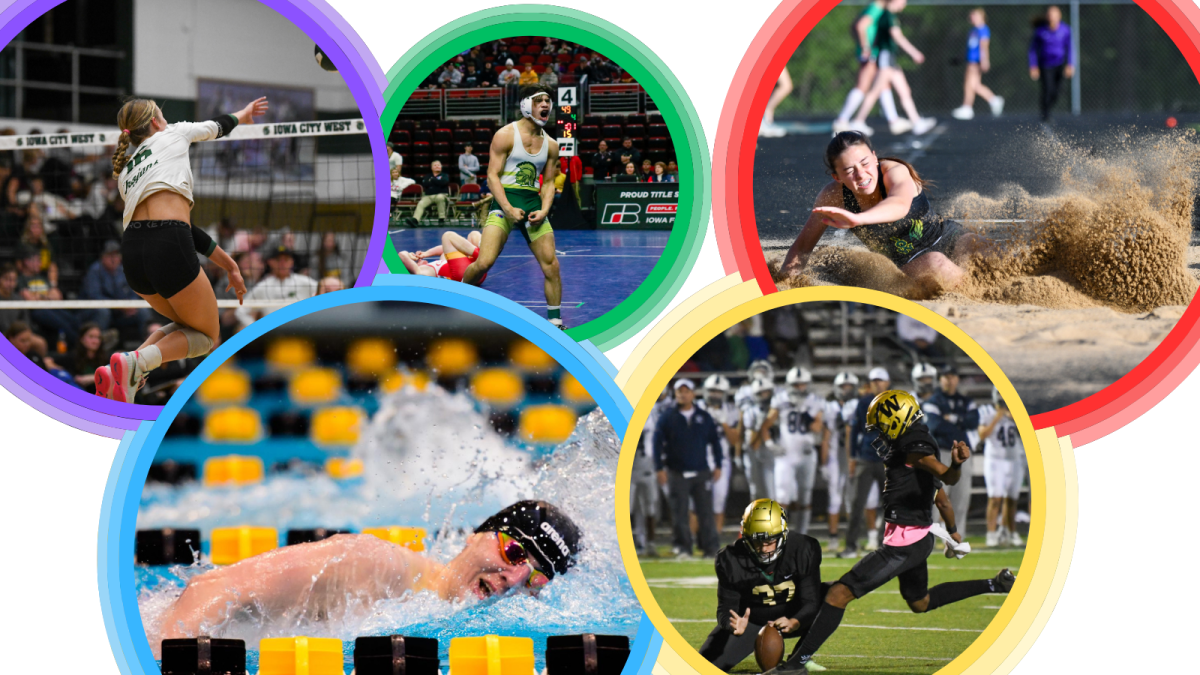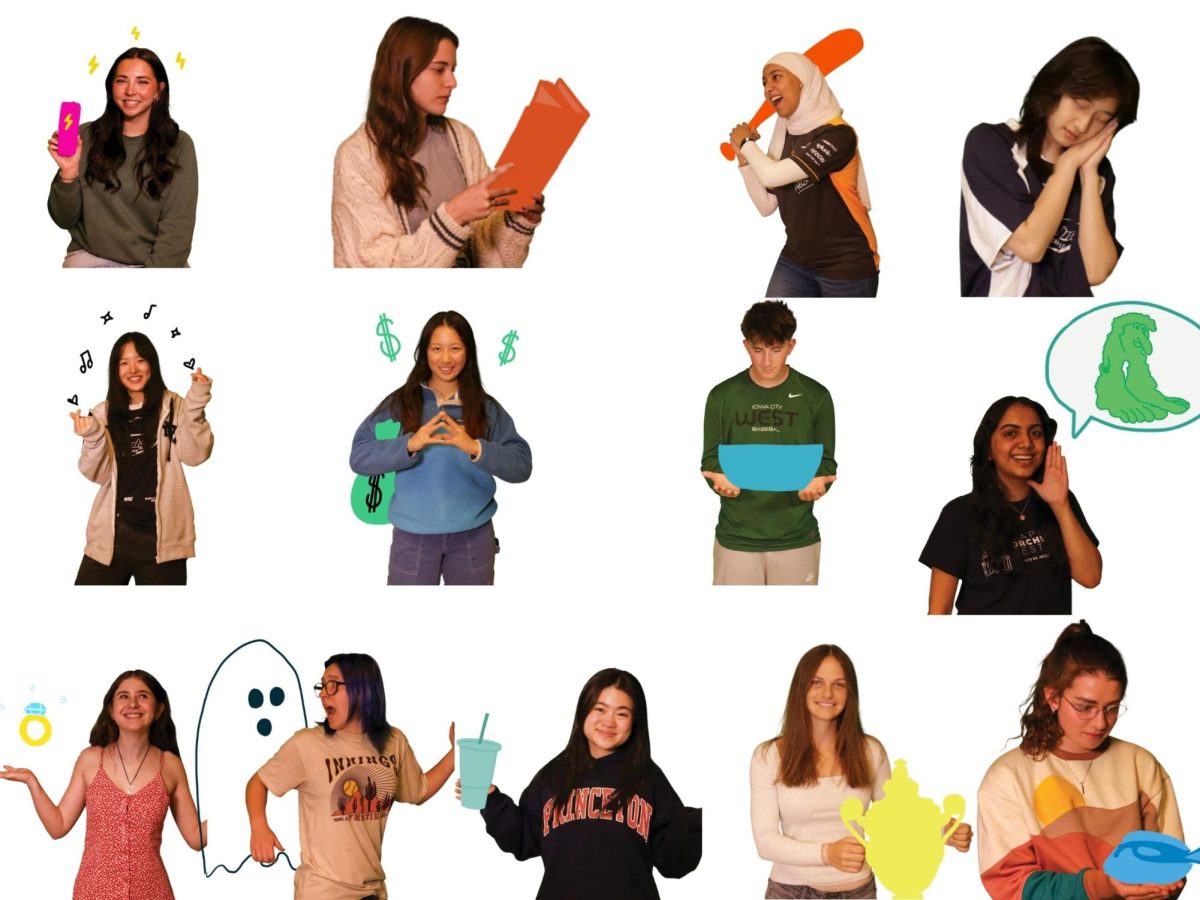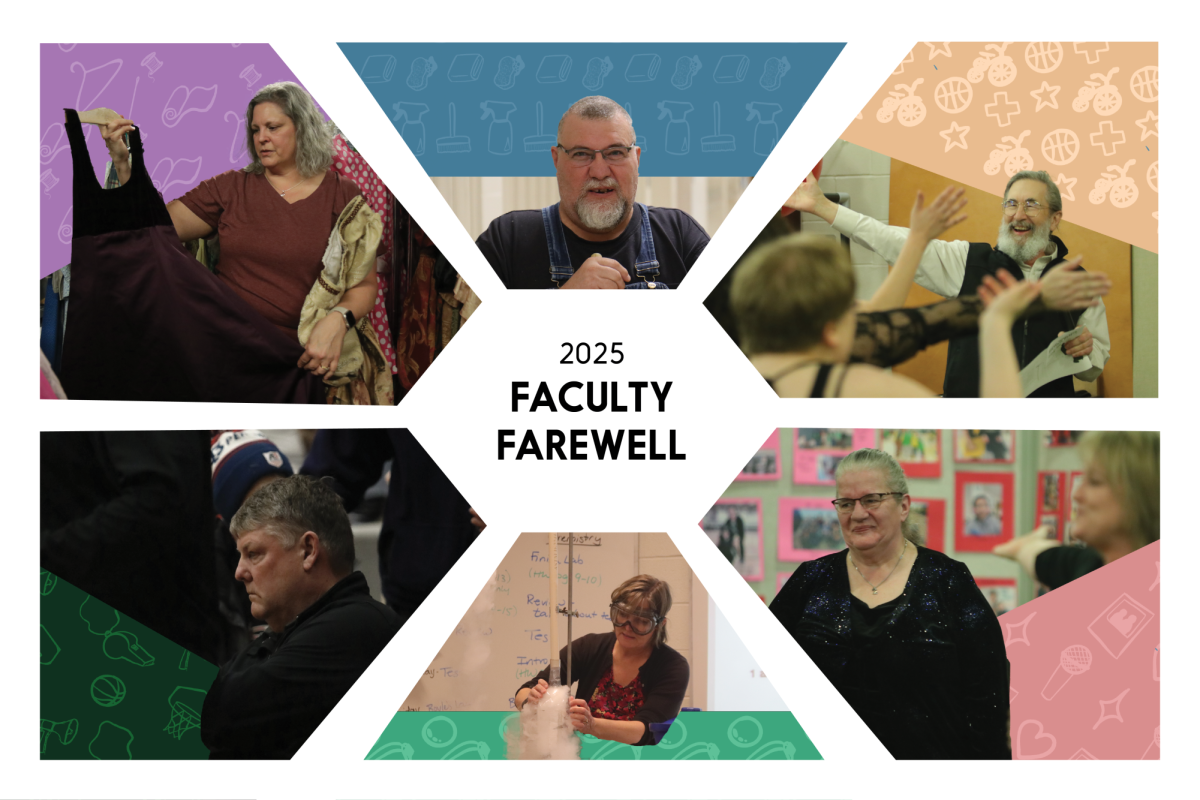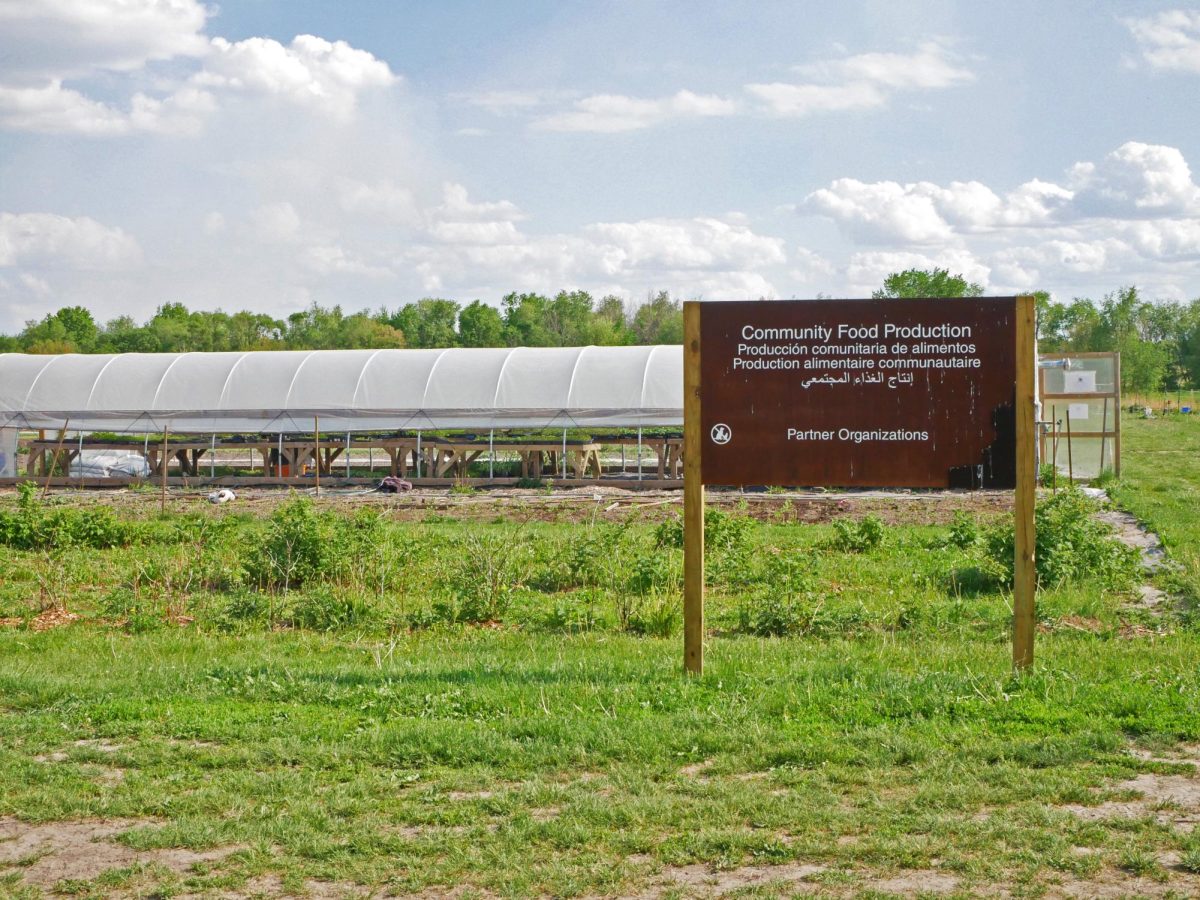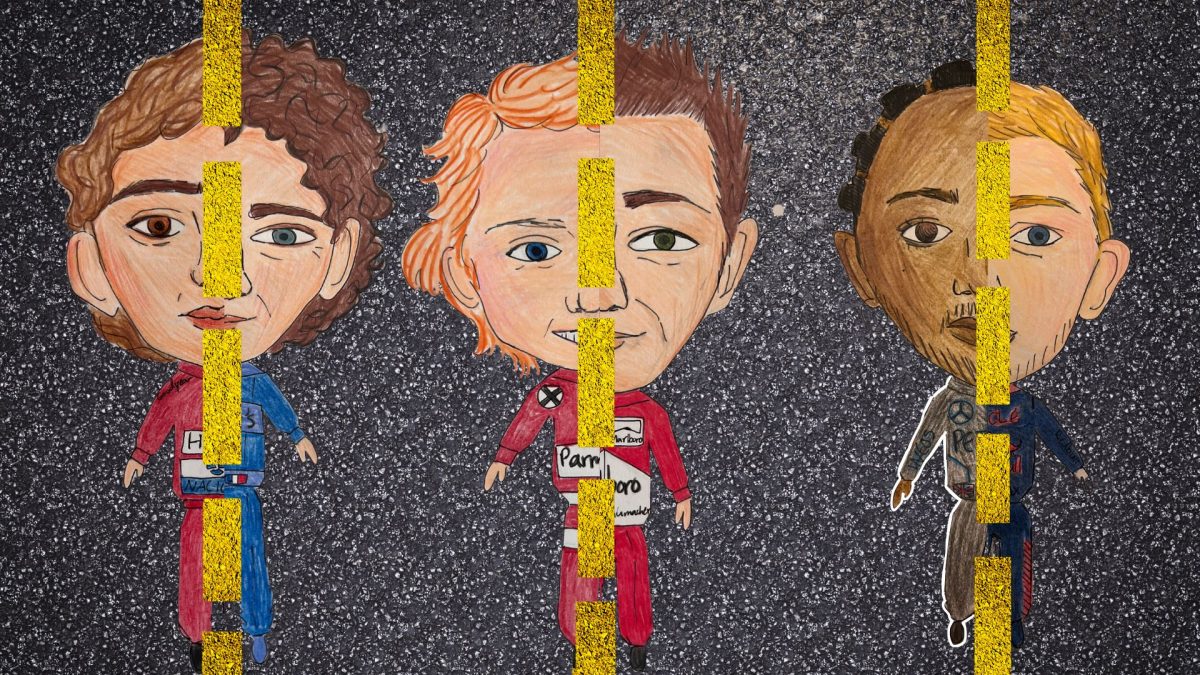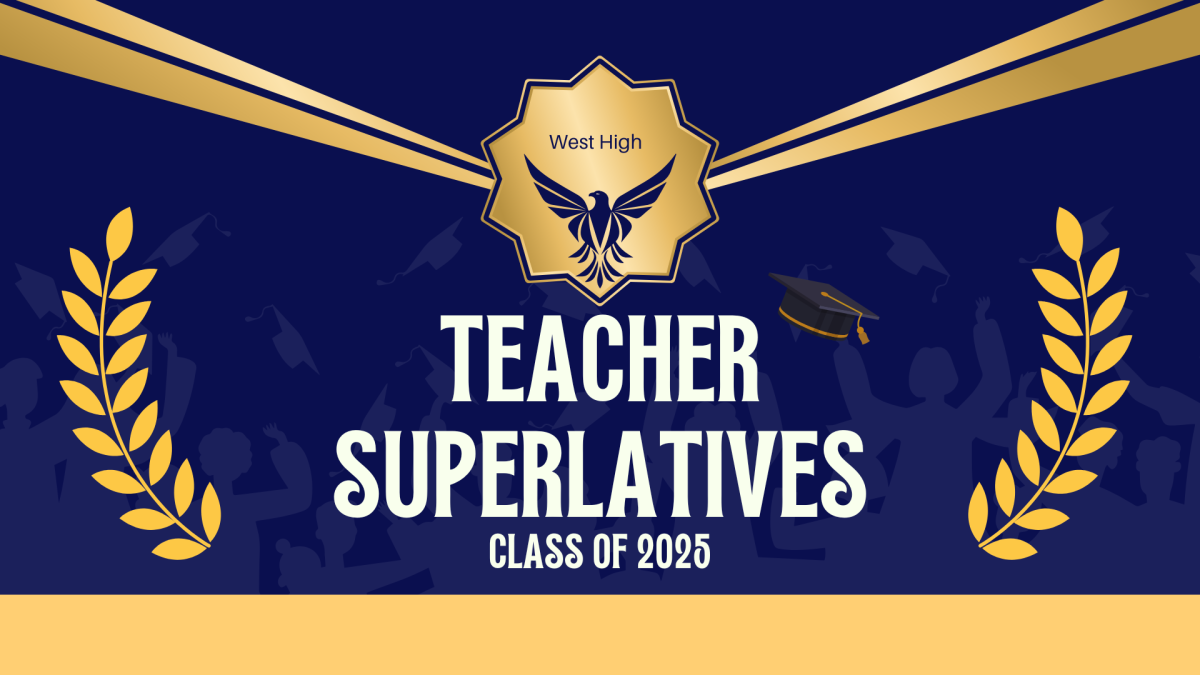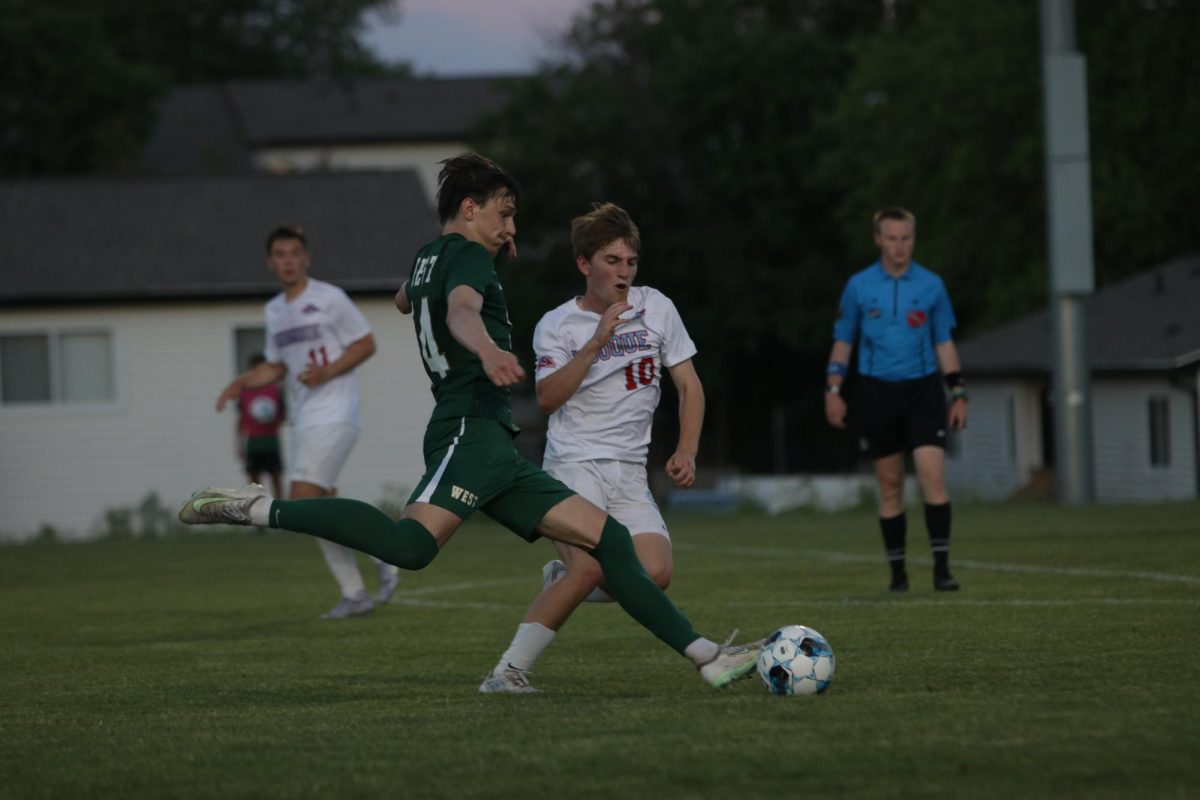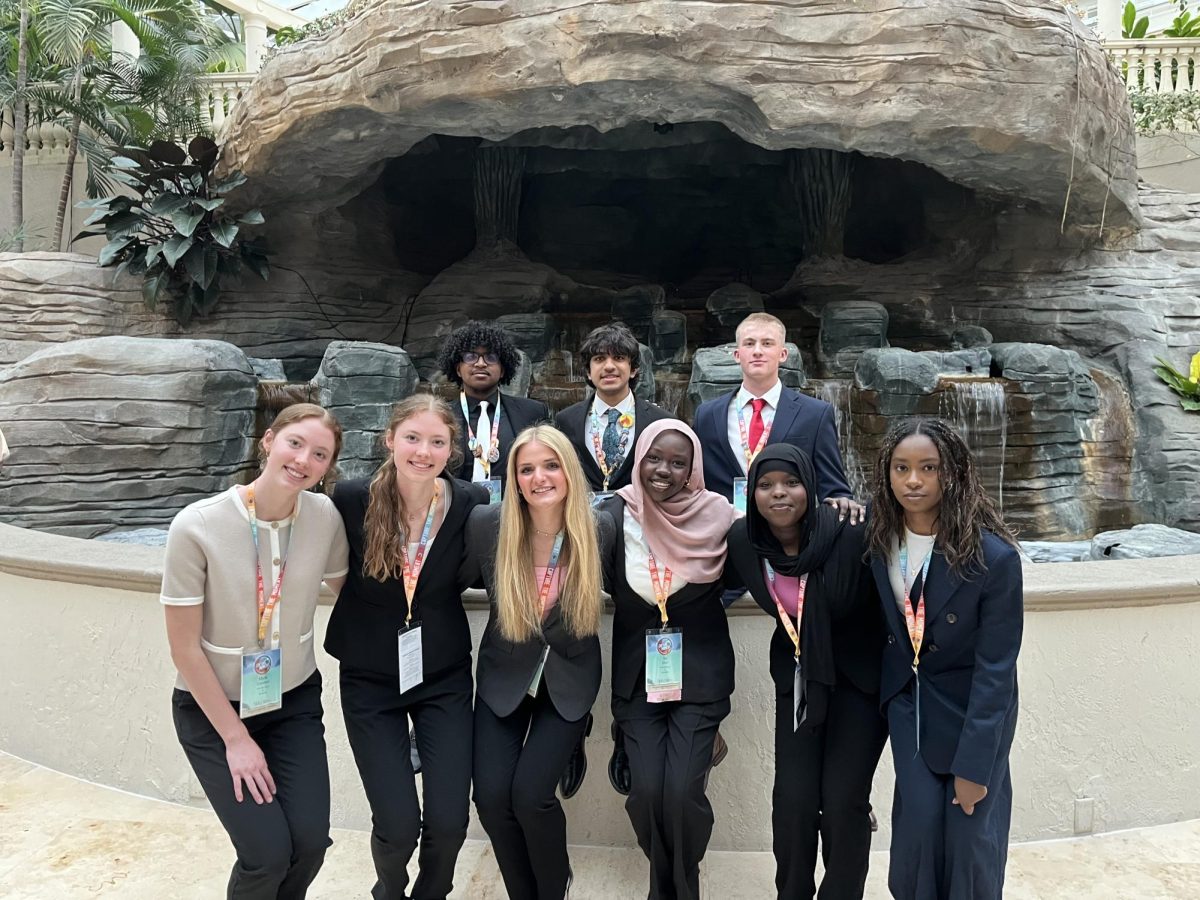Students in West High’s Foundations of Journalism class listened in as two seasoned voices in Iowa media stepped into their classroom on May 7, transforming the familiar space into a buzzing mini-newsroom. Charity Nebbe, host of Iowa Public Radio’s “Talk of Iowa,” and Natalie Dunlap ’20, a West High alum now the digital talk show producer for IPR, gathered before an assembly of bustling journalism students, bringing with them a PowerPoint presentation and decades of insight in the business. To the students’ intrigue, Dunlap discussed her journey from West Side Story to The Daily Iowan to, ultimately, IPR, which created a position solely for her.
Additionally, journalism veteran Nebbe described her early-blooming passion for covering fact-based politics and science, eventually leading her to become the face (and, more accurately, the voice) of Iowa Public Radio. Nebbe’s talk show often covers the impact of national measures and policies on Iowans, such as the defunding of art institutes. She also touches on from-the-heart, Iowa-exclusive topics like a Ukrainian women-owned bakery and love stories from senior living centers.
One of the central themes of the discussion was the evolving landscape of public radio and its adaptation to modern media consumption habits. Nebbe explained that while traditional radio remains a cornerstone of IPR’s work, the organization has expanded its reach through podcasts, newsletters and social media to engage younger audiences.
“Fewer and fewer people are actually turning to radio for their news,” Nebbe said. “So, we’ve been adjusting what we do to try to reach a changing audience better.”
As IPR’s first digital producer for talk shows, Dunlap plays a pivotal role in this shift. She transforms hour-long radio conversations into digestible web articles, Instagram slideshows and TikTok videos. For example, after a segment on the educational gap between boys and girls in schools, Dunlap repurposed the discussion into a visually engaging online article with key quotes and infographics.
“People consume media differently now,” Dunlap said. “Some prefer to read rather than listen, and others might only engage with a 15-second TikTok clip. Our job is to meet them where they are.”
If someone didn’t want to listen to a full hour-long talk show, that was fine. They could scroll through an Instagram carousel, watch a 45-second TikTok, read the Daily Digest newsletter—maybe even catch a 15-minute audio segment on their drive home.
“We’re trying to stretch out the work,” Dunlap said, describing how she takes a single interview and expands its reach, formatting it for platforms that feel more native to the digital-first audience. “So if someone’s not listening to the radio, they might still see it on our website, or in a newsletter or in a reel.”
Nebbe nodded along and added that she even found herself learning from those same digital summaries.
“Even though I’m on the air all the time, I still find our Instagram news stories helpful,” she said. “Sometimes it’s just good to have the bullet points right there, like, ‘Here’s what this bill is about,’ or ‘Here’s what this law might do.’ It gives people something to hold onto.”
Sometimes, journalism is about joy. Dunlap played a short TikTok video that had gone viral, reaching over a million viewers. It was about the Iowa City Catwalk, an event organized by local cat lovers who paraded through town with their pets perched in windows and on porches. In the clip, a girl named Lauren Kerr, who’d started the event after seeing something similar in Minneapolis, described how the walk was meant to bring fun back into the city.
“I think we need more early events where we all laugh and have fun together,” Kerr said.
The crowd of students watching the video chuckled along, but Dunlap used the moment to illustrate how even small, strange, sweet stories like this one could play a role in journalism.
“There’s a whole section on our site called Sunnyside,” she explained. “It’s about uplifting, local stories that people might not otherwise see — but they’re important, too.”
Throughout the hour, both Nebbe and Dunlap emphasized that the tools of journalism have changed, but the core hasn’t: storytelling, clarity, responsibility. From reels to radio, the work is still about reaching people with accurate, meaningful information, and that can’t always be boiled down into a perfect headline.
“People want to see their opinions reflected in the news,” Dunlap said, referencing Facebook comments they’d received, “but objective reporting isn’t about reiterating anyone’s opinions. It’s about presenting the facts and trusting people to come to their own conclusions.”
Nebbe echoed that point during the Q&A, when a student asked how to separate personal beliefs from reporting on sensitive or personal subjects.
“Everyone has a bias,” she said. “We’re human. But as a journalist, you have to hold yourself to a standard where you don’t decide what the story is before you start it. You listen. You gather. You let the story take shape honestly.”
She compared IPR and NPR to other outlets like Fox or MSNBC, saying those networks often fall into “advocacy journalism” — where the goal is to support a position, not explore the issue.
“That’s not our job,” she said. “Our job is to present the whole story. Even if it makes us uncomfortable.”
Another student asked how many people actually listen to the show. Nebbe answered that IPR reaches over 200,000 listeners weekly. For her specific hour on air, that number is closer to 13,000. Dunlap added that their podcast episode of “Unsettled,” which is part of the “Talk of Iowa” series, had just reached 3,000 downloads in a single week.
“But it’s always hard to measure,” Nebbe said. “Not everyone who listens downloads, and not everyone who downloads listens.”
As the session neared its end, a student asked how Nebbe keeps her voice healthy. She laughed and admitted it took practice.
“You have to learn to talk on air the way you talk to a person,” she said. “You don’t need to sound overly polished. You need to sound like yourself.”
She offered practical advice as well: don’t eat dairy before speaking, always have water nearby—maybe tea. Apples help, too. The little things matter.
The inevitable occurred during the final minutes, as a question about AI arose from the students.
Dunlap smiled. “We don’t use it in our reporting,” she said. “We have a policy in place.” But they do pay attention to it.
Nebbe said she finds some AI tools useful for searching archives or summarizing dense content, but that’s as far as it goes.
“People turn to public radio because they want to hear from people,” Dunlap added. “We’re so focused on real experiences, on telling human stories. AI doesn’t know what it’s like to live in Iowa. We do.”
As the bell neared and students began gathering their things, a final thought slipped out: Is journalism dying? It wasn’t asked with drama, just from worn-out curiosity.
Nebbe looked right at the student and said, “I don’t think you need to be afraid. You’re never going to get rid of journalism as long as there are stories. It’s really hard. Most of the journalists I know find it to be really fulfilling. It may be exhausting, it may be depressing, it may be overwhelming but it also makes you feel like you’re making a difference in the world.”
Then she added, “You’re not going to be rich, but if it’s what you really want to do, yeah, absolutely.”
No big sendoff. No sales pitch, aside from the opportunity to job shadow at IPR in the coming years. Journalism wasn’t glamorous. It wasn’t dying, but it certainly wasn’t easy. It was work, and it was still worth doing. For the lingering students, who flipped their notepads shut and lugged their backpacks to their seventh-hour classes, that was enough.


